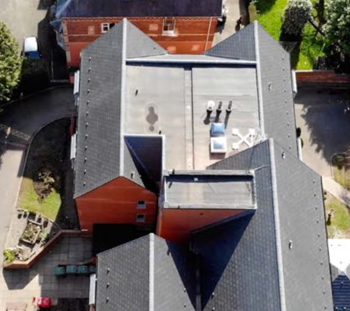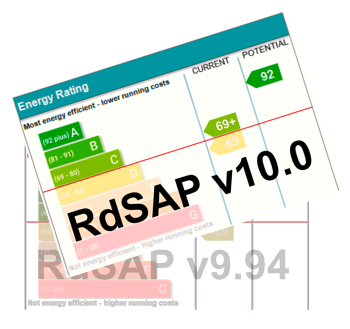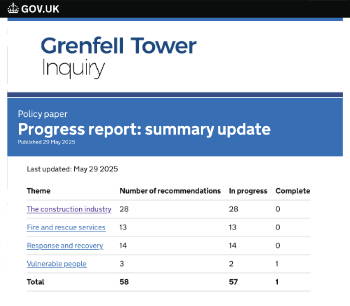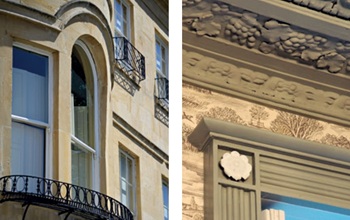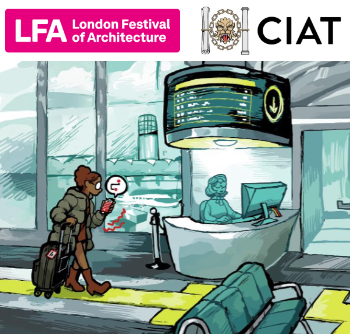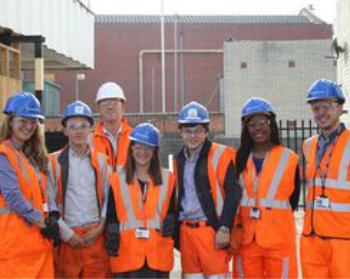Why modular construction is the cheaper and safer option for the healthcare industry
Contents |
[edit] Introduction
Healthcare providers need buildings that are cost-effective and safe to construct and use. There can be no room for delays, poor quality or on-site health and safety risks when the continued wellbeing and maybe even the life of a patient is on the line.
Modular construction can offer a speedy return on investment. The advancements in engineering, design and methods in modular construction over the years mean they could also offer a good solution for the healthcare industry. Here we present the reasons why modular construction can be both cheaper and safer than traditional bricks and mortar.
[edit] No need for an architect
Although you still have the option for bespoke design choices, modular construction uses standardised techniques that do not require the services of an architect. The in-house design team can work with you on your individual budgetary and spatial requirements and produce a tailored healthcare facility. This design process can be delivered at a lower cost.
[edit] Reliable sourcing and costing of materials
Modular construction can be cheaper because there is a long-term relationship with supply chain partners. There is no need for just-in-time delivery of components, which adds to the potential for delay and higher costs. Working with bulk materials results in the negotiation of lower costs. With guaranteed delivery comes a guaranteed schedule. Many of the costs of construction are incurred due to delay. There is little need for a contingency budget when dealing with a modular construction company.
[edit] Reliable workforce
Costs are also reduced because all the tradesmen are available all the time. Unlike traditional builds where there are likely to be multiple subcontractors onsite, with modular construction, all the trades are employed to work on the line of production. They are always employed by the company, therefore always available. Many problems are caused on bricks and mortar sites by a conflict between main and sub-contractors; the client can often bear the cost of such conflict.
[edit] Lower energy costs
The healthcare sector needs to look to the bottom line continually. Where and how can managers save money? Any money spent on heating or cooling a building is money that cannot be spent on caring for patients. Modular constructions are airtight. This can not only make them the eco-friendlier option, it can also reduce the costs of electricity and gas. With soaring energy costs for a building that is likely to be in use 24 hours a day, seven days a week, every day of the year, this can be a significant saving.
[edit] Limited onsite disruption
It can be safer to opt for modular construction. Noise, dust and additional people and traffic can offer real danger for healthcare facilities. When people are trying to get well, having lots of construction noise is less than ideal. The dust can make it challenging to maintain clinical standards.
A modular constructor will do much of the work offsite. It is unlikely healthcare professionals will know much about the build, up until the point of groundworks, followed by the craning in of the buildings. Rather than years, the disruption is reduced to only a few months at most.
[edit] Excellent fireproofing and sound-insulation
The healthcare industry demands high standards for safety. The nature of the construction methods, inside and away from the weather, using durable materials with the same skilled workmen each time means that quality-assurance is guaranteed.
A modular building can offer improved fireproofing and sound-insulation. Where evacuation is complex, such fireproofing is invaluable. In healthcare, where people are looking to rest, sound-insulation is a must.
[edit] Related articles on Designing Buildings Wiki
- British post-war mass housing.
- BSRIA launches Offsite Construction for Building Services topic guide.
- Construction problems avoided by using a modular approach.
- Design for Manufacture and Assembly (DfMA).
- Factory-made housing
- Kit house.
- Modern methods of construction.
- Modular buildings in the educational sector.
- Modular classrooms: The Friars Primary School extension.
- Off-site construction.
- Plug and play skyscrapers.
- Prefabrication.
- Self build home.
- Structure relocation.
--MTX 11:18, 24 Jun 2019 (BST)
Featured articles and news
Key points for construction at a glance with industry reactions.
Functionality, visibility and sustainability
The simpler approach to specification.
Architects, architecture, buildings, and inspiration in film
The close ties between makers and the movies, with our long list of suggested viewing.
SELECT three-point plan for action issued to MSPs
Call for Scottish regulation, green skills and recognition of electrotechnical industry as part of a manifesto for Scottish Parliamentary elections.
UCEM becomes the University of the Built Environment
Major milestone in its 106-year history, follows recent merger with London School of Architecture (LSE).
Professional practical experience for Architects in training
The long process to transform the nature of education and professional practical experience in the Architecture profession following recent reports.
A people-first approach to retrofit
Moving away from the destructive paradigm of fabric-first.
International Electrician Day, 10 June 2025
Celebrating the role of electrical engineers from André-Marie Amperè, today and for the future.
New guide for clients launched at Houses of Parliament
'There has never been a more important time for clients to step up and ...ask the right questions'
The impact of recycled slate tiles
Innovation across the decades.
EPC changes for existing buildings
Changes and their context as the new RdSAP methodology comes into use from 15 June.
Skills England publishes Sector skills needs assessments
Priority areas relating to the built environment highlighted and described in brief.
BSRIA HVAC Market Watch - May 2025 Edition
Heat Pump Market Outlook: Policy, Performance & Refrigerant Trends for 2025–2028.
Committing to EDI in construction with CIOB
Built Environment professional bodies deepen commitment to EDI with two new signatories: CIAT and CICES.
Government Grenfell progress report at a glance
Line by line recomendation overview, with links to more details.
An engaging and lively review of his professional life.
Sustainable heating for listed buildings
A problem that needs to be approached intelligently.
50th Golden anniversary ECA Edmundson apprentice award
Deadline for entries has been extended to Friday 27 June, so don't miss out!
CIAT at the London Festival of Architecture
Designing for Everyone: Breaking Barriers in Inclusive Architecture.
Mixed reactions to apprenticeship and skills reform 2025
A 'welcome shift' for some and a 'backwards step' for others.

















